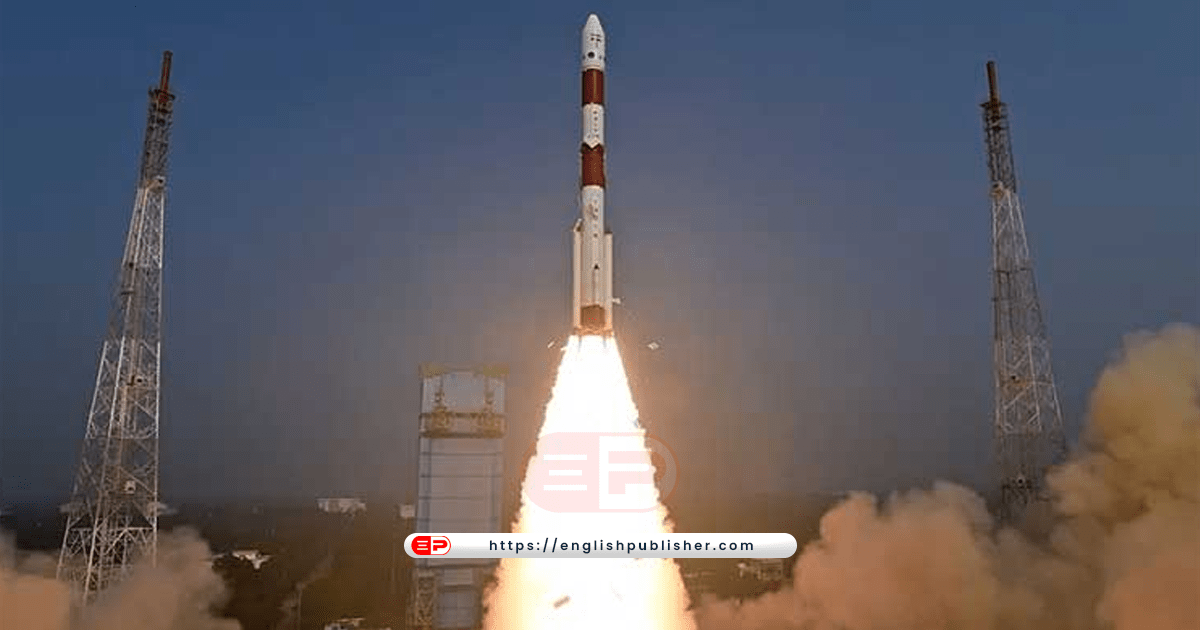India’s new space mission for research on black holes for which a satellite was developed at a cost of 25 crore rupees
After the Moon and Sun missions, India has now successfully launched missions to study black holes and supernovae.
For this, the Indian space agency ISRO has launched a satellite named Exposit in the beginning of 2024. It will act like an observatory.
Exposeit was initially planned to launch at the end of December but now it was launched on January 1st at 9:10 am.
Let’s know what is Exposite mission and what is its importance?
What is an expo set?
X-ray polarimeter is short form of X-ray polarimeter satellite.
India’s PSLV satellite launcher will place the satellite in low Earth orbit, 650 km from Earth.
The satellite is designed to operate for five years.
It will collect important X-ray data and help us better understand the universe.
It will be the second satellite in the world to serve as an observatory.
Earlier in the year 2021, NASA and the Italian Space Agency jointly launched a satellite named ‘IXPE’ which works as an observatory.
ISRO chief S. Somnath says, “We hope for good times in the future.”
It is believed to have cost around 25 crore Indian rupees. Somnath says that during 2024, preparations will be made for this mission in which three astronauts will be sent into Earth orbit for three days.
Why study X-rays?
An ordinary optical telescope tells us what an astronomical object looks like. But it is not possible to know how they are formed and what kind or manner they behave.
This is why scientists collect data from other forms of waves coming from these objects, such as X-rays, gamma rays, cosmic or radio waves.
X-rays come from places where matter is in extreme conditions. They are produced in regions of strong collisions, large explosions, rapid rotation and strong magnetic fields.
They also contain black holes. These are formed when a dying star suddenly collapses inward under the pressure of its own weight.
A black hole’s gravity is so strong that even light cannot escape.
So we can’t even see it. Since they are invisible, special objects are needed to study them.
X-ray telescopes help study black holes and other X-ray emitting objects such as quasars, supernovae, and neutron stars.
The study of these things is necessary to understand the mysteries of the universe.
Why is space observatory needed?
Earth’s atmosphere blocks most of the radiation from reaching it. And so the creatures living on earth are protected from their harmful effects.
But this means that we cannot see these rays unobstructed. That is why such observational missions are sent into space.
One such mission was the ‘Chandra X-ray Mission’, which was sent by NASA. It was named after the famous Indo-American scientist Subramaniam Chandrasekhar.
India sent a mission Astrosat in 2015 to observe the universe in optical, ultraviolet, low and high energy X-rays.
But Exposit will go beyond simply observing X-ray sources.
It will also focus on observing the polarization of X-rays to understand their long-term behavior.
What is polarization and polarimeter?
You may have noticed that when light passes through polarized sunglasses, it looks different than sunlight. Why does this happen?
Because light waves act like a rope that twists in the direction of their travel.
But when they are passed through special filters or dispersed to gases in the atmosphere, they become polarized. And their duality is seen in one line.
X-rays behave in a similar way and they rotate in the same direction as the polarization.
A polarimeter helps to investigate this direction and gives very important information about the position of X-ray emitting objects.
One such polarimeter will be attached to the exhibit.
Payloads on Exposet
The EXPOSAT spacecraft is equipped with two scientific payloads or instruments.
There is a Pollux. This is the primary payload developed by Raman Research Institute RRI. It is made in collaboration with UR Rao Centre.
It will measure the degree and angle of polarization produced by astronomical sources.
The other is the X-spec. According to ISRO, this payload will provide spectroscopic information. This payload together makes ExpoSpec suitable for studying the temporal, spectral and polarization properties of X-ray sources.
